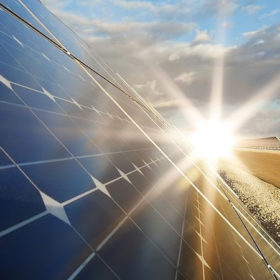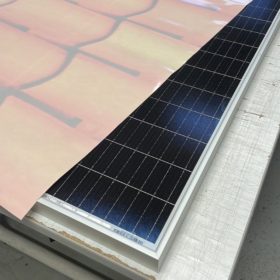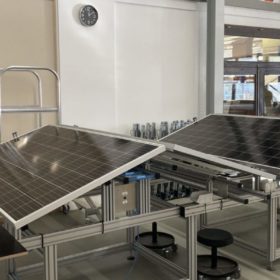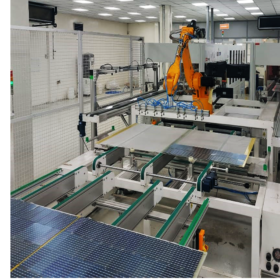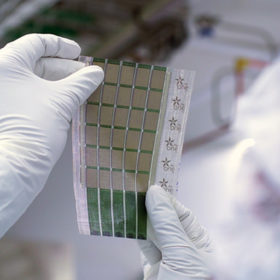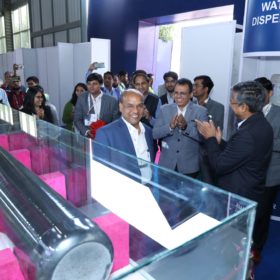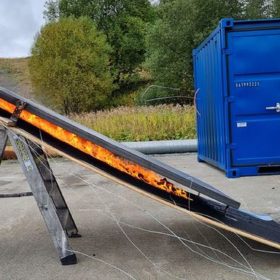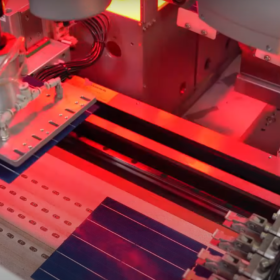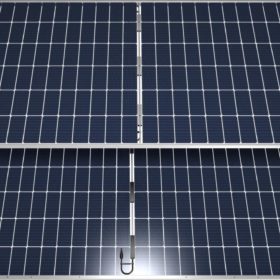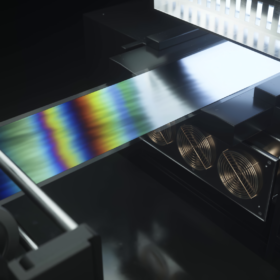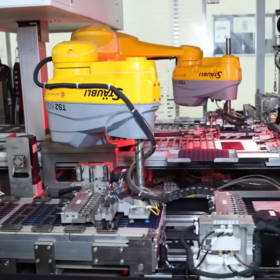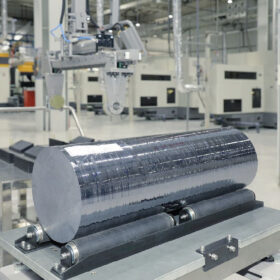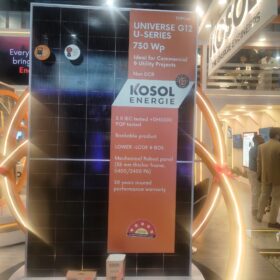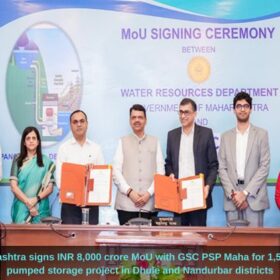Roadblocks to rooftop solar
India is long way behind its rooftop solar target of 40 GW by 2022 with just 10.4 GW installed till September (Source: Bridge To India). Amplus Solar team speaks to pv magazine about factors holding back rooftop solar development in India.
Customizable sticker to turn solar panels into advertising billboards
An Italian startup has created a fully recyclable sticker that can be used to cover solar panels on rooftops or facades. It replicates high-definition images that can help to improve the aesthetics of solar arrays or turn PV facades into advertising billboards.
New foldable solar system for rooftop applications
German manufacturer Kopp has developed an easy-to-install, four-module foldable PV array. The system uses n-type TOPCon solar modules with outputs of 430 W and efficiency ratings of 22.02%
Saatvik appoints solar panel distributor for Rajasthan
Haryana-based Saatvik Solar has appointed Etrica Power as the distributor of its solar panels in the Rajasthan region.
MIT scientists produce new organic photovoltaic fabrics
US researchers have developed a thin-film organic solar module on a vapor-deposited releasable substrate made of parylene. The device could be used as a wearable fabric, or to bring solar generation to remote locations.
Adani unveils India’s first silicon ingot
At Intersolar India 2022 expo, Adani Solar unveiled a monocrystalline silicon ingot produced at its Mundra facility in Gujarat.
PV system fires potentially exacerbated by gap between solar panels, rooftops
Norwegian researchers have published a new study showing that the space between solar panels and rooftop surfaces might play a critical role in contributing to PV system fires.
Waaree Energies emerges as India’s biggest solar module supplier
The Mumbai-headquartered solar manufacturer supplied 17% of the overall 1.28 GW of solar modules shipped in India during Q3 2022.
Hevel Solar unveils 450 W heterojunction solar panel with M6 cells
Russia’s Hevel Solar said its new modules are based on 166 mm x 166 mm half-cut cells. They reportedly have a bifaciality factor of 90% and a temperature coefficient of -0.26% per degree Celsius.
Perovskites and microgrooves can revolutionize solar
Ambitious targets for solar energy generation present challenges to an industry keen to explore new avenues for solar production. Neil Spann, chief executive of UK thin film solar manufacturer Power Roll, describes a commercial solution to the problems of over reliance on silicon solar modules.
